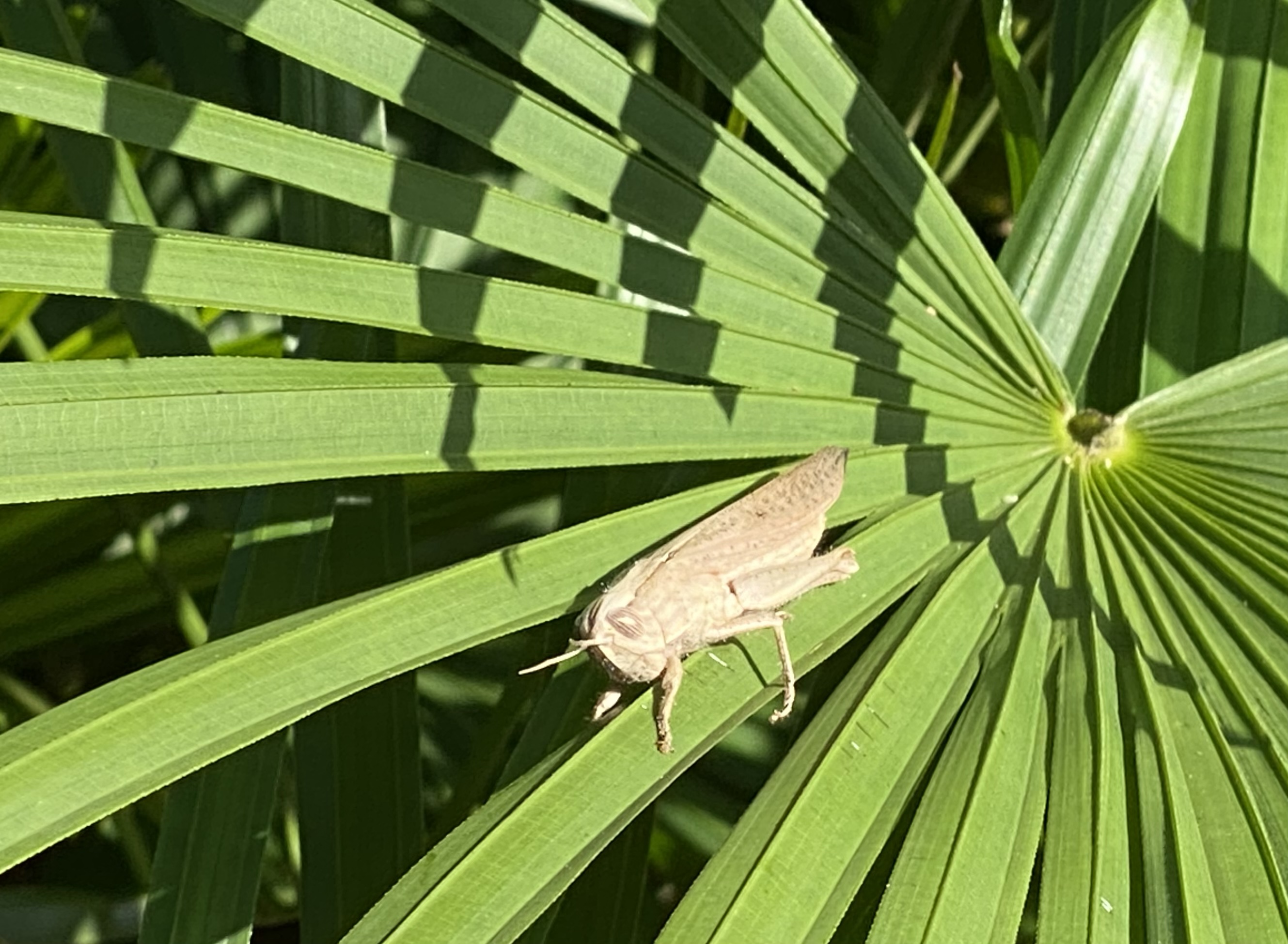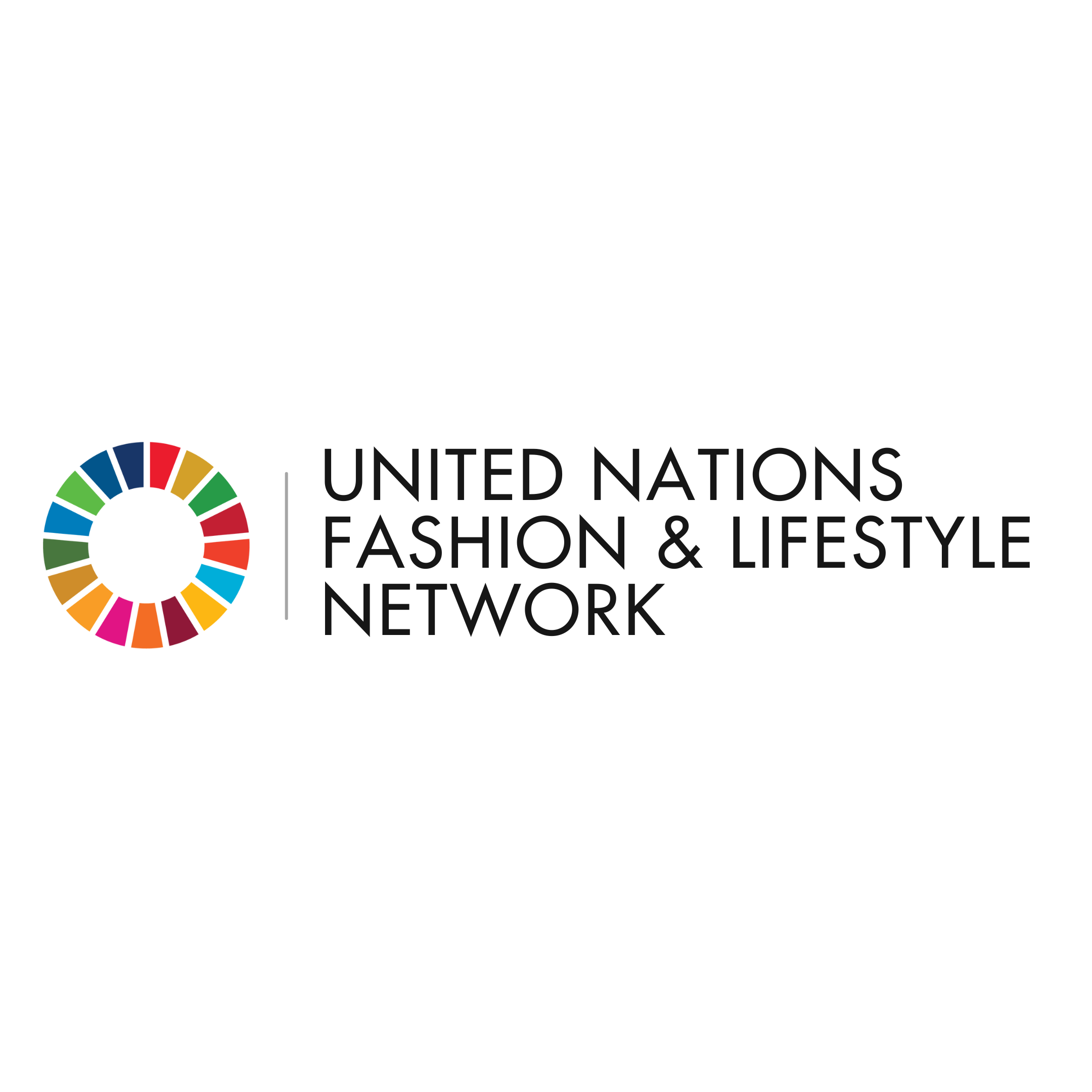NATURE is the perfect designer - How biodiversity inspires textile and fashion
Description
A series of stakeholder engagement activities will be carried out to collect their opinions, experience, thoughts, suggestion, ideas, suggestion and recommendations. they will then be properly recorded and analysed. The activities include at least 8 number of one-hour long Facebook Livestream with 2 different influential VIP guests each time; 3-4 number of 90 minutes long panel discussion with 3-4 different trade experts each time. These will be supplemented by at least 30 units of video in YouTube and/or Facebook and at least 10 written records in Wechat account with 4,000 - 6,000 word count each. \r\nHumans have been using animal fibres for thousands of years! Even nowadays, 95% of Westerns use animals products on a daily basis. It is not likely that the world will cease using any animal fibres at all in the next 15 or even 20 years. Therefore, it is imperative that we make sure all industries using animals fibres contribute to the sustainable developments. And that they will help to make the world better today and for the future generations. \r\nThe problem so far is that every stakeholder is looking at only their challenges and try to find solutions on their own. The challenges they face are actually all inter-connected. From animal farms to manufactures to consumers. From animals to humans to the whole ecological system. Everything is connected.!Therefore, the solutions doesn’t lie on any one area or one specific stakeholder.\r\nThis initiative will firstly raise awareness about how every stakeholders should come together and help to achieve Responsible Consumption and Production. Representatives from all stakeholders will be engaged and their opinions, experience, thoughts, suggestions, ideas etc will be collected, recorded and analysed. \r\nThis research and/or white paper will be prepared with reference to international sustainability reporting framework such as the Global Reporting Initiative (GRI) Standards and the United nations’s Sustainable Development Goals (UNSDGs). A digital-format report will be developed based on the qualitative findings from each stakeholders engagement.\r\nAt least 2 dissemination seminars, about 1-2 hour each in hybrid - in person and virtual, will be arranged in Hong Kong to share the update, experience and knowledge from different stages fo this initiative.
Further to the awareness raising efforts of this initiative on SDG # 12 and SDG # 15 at a cross industry, high level discussion via Facebook Livestream and panel discussion at the Regional level, challenges will be identified and prioritised. From this Regional level, we will then bring these experience, knowledge, know-how and any innovative technological outcomes to the local level. This will surely benefit the local stakeholders especially the employees and workers, many of whom are women and minorities. The major channels used will be through information sharing in writing (Wechat), video (YouTube, Facebook) and broadcast ( Podcast, Spotify). We choose not to intervene in local structure but by presenting to everyone that there exist some better alternatives that are beneficial to the stakeholders themselves and contribute to sustainability, especially SDG # 12 & #15, at the same time.\r\nThis initiative will create various platforms for all stakeholders for some open and safe dialogue opportunities. The focus will be 5-tiered:\r\n1. Regional Live-streams and panel discussions. \r\n2. Collection and dissemination of experience, knowledge and innovative technological know-how from above live-streams and panel discussions.\r\n3. Transfer the above into repeatable good practices that every stakeholders at local level can adopt and use. \r\n4. Share and promote these repeatable good practices to all at all levels.\r\n5. Review the above 4 steps, improve and amend if necessary.
The Institute of International Sustainable Development will lead this initiative. The Hong Kong government established Hong Kong productivity council and Clothing Industry training authority will provide guidelines, advices and facilitate coordination or even assist in applying government fundings when required. The NPOs including the Chinese Manufacturers’ Association of Hong Kong, the Hong Kong Footwear Association and the Federation of Hong Kong Brands will promote and help to coordinate among their members and non-member trade connections. The private sectors lead by Arte Moda International Enterprises will provide the administrative support and additional funding if required. \r\nIn this century, approximate 15% of the world’s population work in the fashion and textile industries. On the other hand, every human being uses and consumes products of the fashion and textile industries some how. Therefore, the responsible consumption and production are imperative to achieving a sustainable future for everyone. Moreover, among the three fibres in the fashion and textile industries: plant, chemical and animal fibres; the use of animal fibres directly impact the life on land.
SDGS & Targets
Goal 15
Protect, restore and promote sustainable use of terrestrial ecosystems, sustainably manage forests, combat desertification, and halt and reverse land degradation and halt biodiversity loss
15.1
By 2020, ensure the conservation, restoration and sustainable use of terrestrial and inland freshwater ecosystems and their services, in particular forests, wetlands, mountains and drylands, in line with obligations under international agreements
15.1.1
15.1.2
15.2
By 2020, promote the implementation of sustainable management of all types of forests, halt deforestation, restore degraded forests and substantially increase afforestation and reforestation globally
15.2.1
15.3
By 2030, combat desertification, restore degraded land and soil, including land affected by desertification, drought and floods, and strive to achieve a land degradation-neutral world
15.3.1
15.4
By 2030, ensure the conservation of mountain ecosystems, including their biodiversity, in order to enhance their capacity to provide benefits that are essential for sustainable development
15.4.1
15.4.2
15.5
Take urgent and significant action to reduce the degradation of natural habitats, halt the loss of biodiversity and, by 2020, protect and prevent the extinction of threatened species
15.5.1
15.6
Promote fair and equitable sharing of the benefits arising from the utilization of genetic resources and promote appropriate access to such resources, as internationally agreed
15.6.1
15.7
Take urgent action to end poaching and trafficking of protected species of flora and fauna and address both demand and supply of illegal wildlife products
15.7.1
15.8
By 2020, introduce measures to prevent the introduction and significantly reduce the impact of invasive alien species on land and water ecosystems and control or eradicate the priority species
15.8.1
15.9
By 2020, integrate ecosystem and biodiversity values into national and local planning, development processes, poverty reduction strategies and accounts
15.9.1
(a) Number of countries that have established national targets in accordance with or similar to Kunming-Montreal Global Biodiversity Framework Target 14 in their national biodiversity strategy and action plans and the progress reported towards these targets; and (b) integration of biodiversity into national accounting and reporting systems, defined as implementation of the System of Environmental-Economic Accounting
15.a
Mobilize and significantly increase financial resources from all sources to conserve and sustainably use biodiversity and ecosystems
15.a.1
(a) Official development assistance on conservation and sustainable use of biodiversity; and (b) revenue generated and finance mobilized from biodiversity-relevant economic instruments
15.b
Mobilize significant resources from all sources and at all levels to finance sustainable forest management and provide adequate incentives to developing countries to advance such management, including for conservation and reforestation
15.b.1
(a) Official development assistance on conservation and sustainable use of biodiversity; and (b) revenue generated and finance mobilized from biodiversity-relevant economic instruments
15.c
Enhance global support for efforts to combat poaching and trafficking of protected species, including by increasing the capacity of local communities to pursue sustainable livelihood opportunities
15.c.1
Goal 12
Ensure sustainable consumption and production patterns
12.1
Implement the 10-Year Framework of Programmes on Sustainable Consumption and Production Patterns, all countries taking action, with developed countries taking the lead, taking into account the development and capabilities of developing countries
12.1.1
Number of countries developing, adopting or implementing policy instruments aimed at supporting the shift to sustainable consumption and production
12.2
By 2030, achieve the sustainable management and efficient use of natural resources
12.2.1
Material footprint, material footprint per capita, and material footprint per GDP
12.2.2
Domestic material consumption, domestic material consumption per capita, and domestic material consumption per GDP
12.3
By 2030, halve per capita global food waste at the retail and consumer levels and reduce food losses along production and supply chains, including post-harvest losses
12.3.1
(a) Food loss index and (b) food waste index
12.4
By 2020, achieve the environmentally sound management of chemicals and all wastes throughout their life cycle, in accordance with agreed international frameworks, and significantly reduce their release to air, water and soil in order to minimize their adverse impacts on human health and the environment
12.4.1
12.4.2
(a) Hazardous waste generated per capita; and (b) proportion of hazardous waste treated, by type of treatment
12.5
By 2030, substantially reduce waste generation through prevention, reduction, recycling and reuse
12.5.1
National recycling rate, tons of material recycled
12.6
Encourage companies, especially large and transnational companies, to adopt sustainable practices and to integrate sustainability information into their reporting cycle
12.6.1
12.7
Promote public procurement practices that are sustainable, in accordance with national policies and priorities
12.7.1
Number of countries implementing sustainable public procurement policies and action plans
12.8
By 2030, ensure that people everywhere have the relevant information and awareness for sustainable development and lifestyles in harmony with nature
12.8.1
Extent to which (i) global citizenship education and (ii) education for sustainable development are mainstreamed in (a) national education policies; (b) curricula; (c) teacher education; and (d) student assessment
12.a
Support developing countries to strengthen their scientific and technological capacity to move towards more sustainable patterns of consumption and production
12.a.1
Installed renewable energy-generating capacity in developing and developed countries (in watts per capita)
12.b
Develop and implement tools to monitor sustainable development impacts for sustainable tourism that creates jobs and promotes local culture and products
12.b.1
Implementation of standard accounting tools to monitor the economic and environmental aspects of tourism sustainability
12.c
Rationalize inefficient fossil-fuel subsidies that encourage wasteful consumption by removing market distortions, in accordance with national circumstances, including by restructuring taxation and phasing out those harmful subsidies, where they exist, to reflect their environmental impacts, taking fully into account the specific needs and conditions of developing countries and minimizing the possible adverse impacts on their development in a manner that protects the poor and the affected communities
12.c.1
Amount of fossil-fuel subsidies (production and consumption) per unit of GDP
SDG 14 targets covered
| Name | Description |
|---|
Deliverables & Timeline
Resources mobilized
Partnership Progress

Feedback
Action Network

Timeline
Entity
Geographical coverage
More information
Countries
Contact Information
Thomas C C Wong, President

